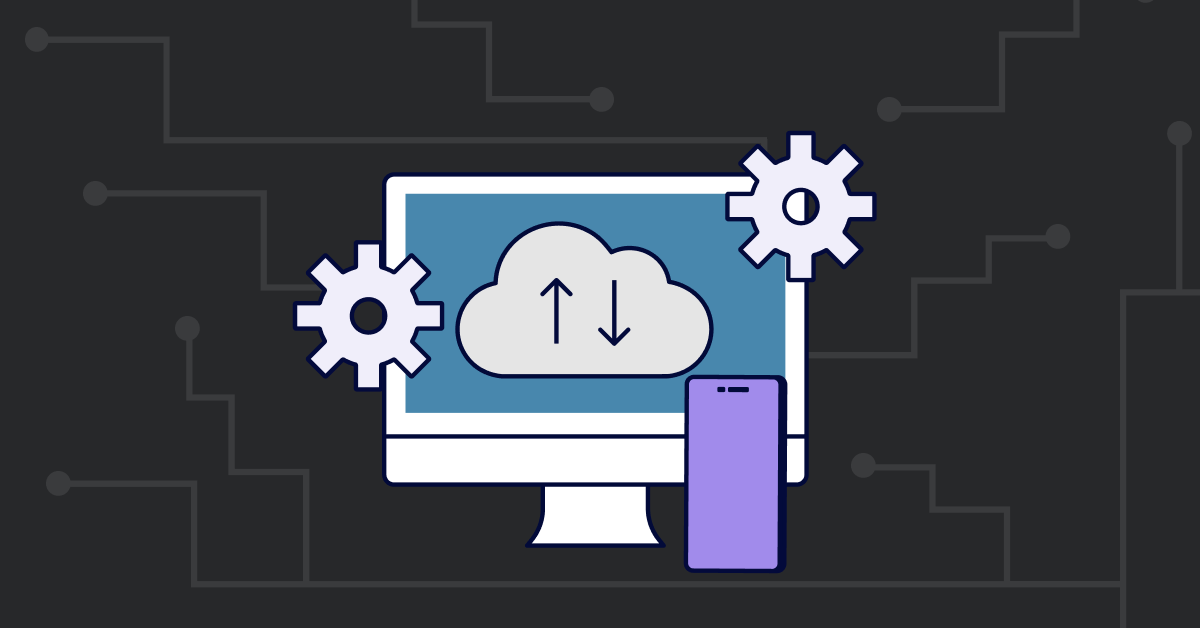Why “We’ve Always Done It This Way” Is Killing Your IT Strategy
The phrase “we’ve always done it this way” is one of the biggest obstacles to IT progress. Learn why it weakens systems, slows innovation, and how to move past it with a smarter IT strategy.

Every IT department has a phrase that shows up in meetings, project reviews, and system audits. It sounds harmless at first: “We’ve always done it this way.”
That short sentence has stopped more progress than any technical failure. It’s the perfect excuse to avoid rethinking outdated systems, delay documentation, and keep patching problems until they resurface at the worst possible time. It feels comfortable, but it locks teams into old habits and leaves IT strategies stagnant.
No one sets out to run inefficient systems. Yet when decisions are made on habit instead of purpose, that is exactly what happens. Old tools remain in place long past their usefulness. Small fixes pile up into messy, fragile setups. IT staff spend more time reacting to problems than moving the business forward.
How the “We’ve Always Done It This Way” Mindset Creeps In
The phrase often shows up during budget planning or whenever a new IT leader suggests a change. Someone proposes replacing a tool, tightening access, or creating documentation, and another person quickly replies with “we’ve always done it this way.” The idea is dismissed before it has a chance to take hold.
This is how fragile systems stay in place. Password-sharing practices from years ago remain untouched. Old servers continue to run even though nobody fully understands them. Shared logins persist because no one wants to disrupt the workflow. What started as temporary fixes quietly become permanent structures.
In many cases, the problem isn’t laziness. It’s hesitation. Teams worry that changing something will create a bigger disruption, or they fear uncovering deeper problems if they revisit old systems. As long as things technically work, they are left alone. But “technically working” often means unstable, poorly documented, and risky.
The Risks of Staying Comfortable
Systems built on unchallenged decisions often create hidden weaknesses. Overlapping tools confuse staff. Forgotten user accounts expose sensitive data. Outdated processes drain time. And when knowledge only lives in someone’s memory instead of documentation, the risk grows each time a staff member leaves.
This mindset also slows innovation. IT is meant to do more than fix printers and reset passwords. It should make workflows faster, safer, and easier. When the team is busy maintaining old systems that no one questions, there is no time left for strategic improvements.
Documentation becomes another casualty. Many setups still exist without clear records of why they were created or whether they were ever meant to be permanent. That lack of clarity makes troubleshooting harder, slows onboarding, and leaves critical knowledge locked inside people’s heads instead of accessible processes.
The Role of Leadership
Leaders set the tone for IT culture. If reviews, updates, and evaluations are not requested, the IT team has little incentive to push for them. Without regular check-ins, outdated tools remain in use, weak points stay hidden, and the cycle continues. The result is an IT environment that quietly holds back the business.
How to Break the Cycle
Moving away from “we’ve always done it this way” doesn’t require tearing everything down. It requires space to review what is working, what is outdated, and what needs attention. A useful question to ask during system audits is: “If we were starting fresh today, would we set this up the same way?”
This simple shift often highlights problems that have been ignored—tools that overlap, access controls that no longer make sense, or processes that were created years ago but never updated. By asking these questions consistently, IT strategies start to evolve with the needs of the business instead of lagging behind them.
If “we’ve always done it this way” shows up often in your IT discussions, it’s a sign that your systems have gone too long without review. Familiar setups might still function, but they also create slowdowns, hidden risks, and unnecessary work.
Breaking the habit starts with asking better questions, documenting decisions, and looking for areas where old methods no longer serve today’s team size or workflow. Progress doesn’t come from ripping everything out. It comes from steady evaluation and the willingness to adjust.
The next time someone repeats that phrase, treat it as a signal to pause and reassess. Your IT environment should adapt to the business you have today—not the one you had five years ago.
we can help
Did you enjoy this content?
Subscribe to our newsletter and get weekly tips on leveraging technology to supercharge your business operations. Don't miss out on the strategies that could transform your company!
